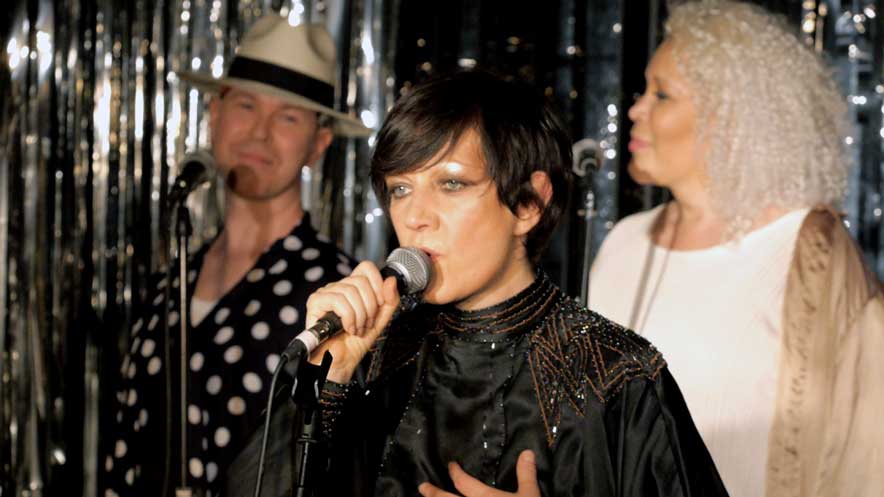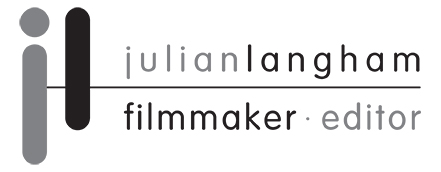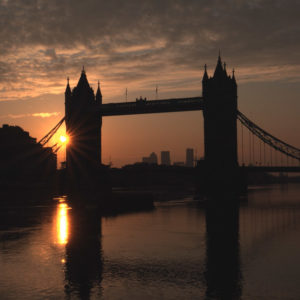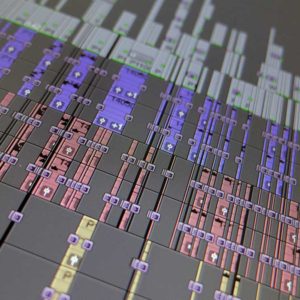Filming live performances and music gigs are a great opportunity to produce and film live performance videos for musicians and artists. Most venues will have a lighting rig with the necessary sound equipment already installed along with a suitable raised stage and a space large enough to set up camera positions to capture the performance. Combine this with a live audience and you have a perfect combination to produce and film great live event footage.

Producing live music videos
Over the years I have produced and been responsible for filming live performances at a range of different sized venues. These have ranged from filming music gigs at Festival Hall on the Southbank in London to recording whole operas with multi-cameras in Europe and small intimate tightly packed pubs. An example from which I will explain the production process involved was the recent Billie Ray Martin live gig at The Glory in London.
Getting the gig
I read that Billie Ray Martin was performing and as a big fan, I decided to contact her to see if she was interested in having her performance filmed. After a short e-mail exchange, we spoke on Skype. As we discussed the project further we were both able to talk through any specific points and concerns. After several conversations, Billie agreed to the video production and filming concept.
Reece of the venue
To help gain an understanding of what would be required for the project I went and checked out the venue. The Glory is a pub that hosts a variety of popular cabaret-style performances. Although it was a quite a small space it had a fixed lighting rig installed on the ceiling, the cables and mixer for live audio and a raised stage area. So, it was a great space for an intimate video recording. I discussed the possible filming plans with the owners and the bar team who were all really cool and helpful. It was then agreed that the filming could take place. Once I had gained an overall sense of the project I fed back my suggestions to Billie and we mutually agreed on a way forward.
Power supplies, sound and rigging
I went back to The Glory to have a more detailed look at where the cameras could be located, what sort of power was available for the lighting and to see if any other suitable mounting points were available for cameras and lights. One of the key safety requirements (as part of a risk assessment) is making sure that you have enough safe power capacity for any additional kit and lights. I also took a camera with me to check out the framing from the camera positions to the stage so that I knew it would all work out with the lenses that I had available. The venue had an audio mixer so I knew that I would be able to plug in my digital audio recorder via an XLR and record the live stage performance.
Producing live video recording events
After checking out the venue I then organised a small camera team to ensure that I would have enough different camera angles to edit between shots in the final video. Drawing up a list of everything that was needed I then ordered a few extra items of camera and lighting support so that I could ensure everything was safely supported on the night (with safety wires to prevent anything falling onto the public). Producing an event where you are hiring additional crew also means you need to make sure you have suitable public liability insurance in place. The media team at AON Insurance were able to confirm that I had £2,000,000 cover for my crew and myself.
Filming day
On the day of the performance, I arrived at the venue with my crew and kit for 1100. The performance was not till 2030 but the soundcheck was at 1500 and I wanted the lighting set up ready for a soundcheck so that Billie could make sure she was happy. After arriving at The Glory (with our 6-seater full of kit) we first started improving the stage set. The stage was a 10ft square cube area with silver flitter on three sides. After making the flitter look good we started looking at the lighting. By setting up two cameras we realised that the silver flitter background was too bright in comparison to the light that would be on Billie. To resolve this we took down the silver flitter on the back wall and replaced it with black flitter. We also adjusted the lights and fitted frost to soften the light. The windows next to the stage area were blacked out so that we could control the light.
Soundcheck
The stage and lighting were then ready for a soundcheck by Billie and her fellow performers. Soundcheck at 1500 gave us all the opportunity to put our cameras in position and check our exposure and framing settings. By 1700 Billie and the creative and technical team were all happy with the set-up. Time for some food and a break for the crew.
Live performance
The actual performance all went great and we ended up getting four different camera angles recording Billie’s and her fellow artist and musician’s performance. The de-rig is always quicker than the rig and me and the crew were out of The Glory with the kit in a taxi heading south by 2330. It was a really cool creative day with a supportive and friendly vibe from all the crew, the team working for The Glory and everyone who came to see Billie perform.
Music video editing
After the filming I edited the best of the camera angles together to make a music video from the night’s performance. If you would like any help with filming live performances or music gigs please do get in touch. To view some of my previous work check out my music video portfolio.
As well as this article on filming live performances you might find some of these related articles interesting. For more advice and tips check out my video production blog.



